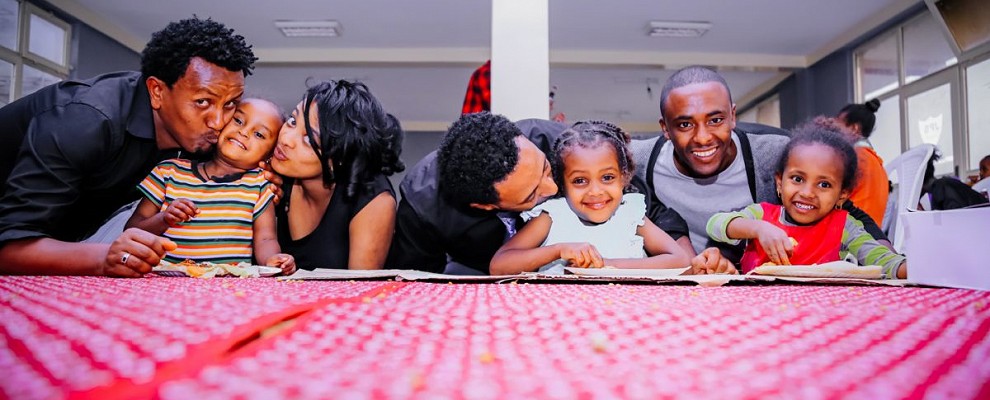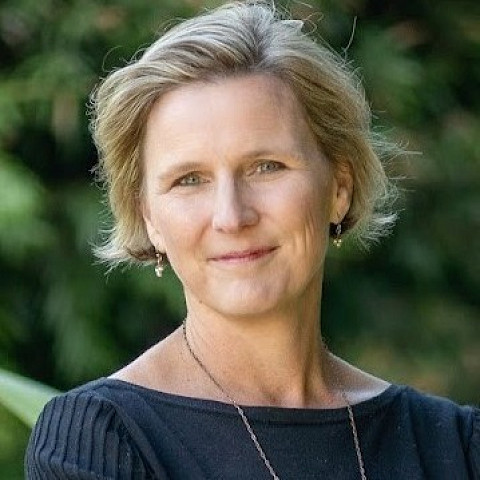Categories:

No Two Alike: How Mobile Can Help You Reach Today’s Diverse Families
The demographic structure of the modern American family is shaped by many forces including race, socioeconomic status, marital status, sexual orientation, fertility, and gender. To break it down further, there is family structure: nuclear or traditional (two biological parents and children), extended or multigenerational (grandparents, parents and children), single parent, parents living apart or divorced, blended (stepfamilies), adoptive/foster families, or friends raising children together. The ways to define family are endless. As they say, it takes a village.
Why Is Recognizing Family Diversity So Important?
So, what do we mean when we refer to a “family”? My own home life is the embodiment of the tv show “Modern Family.” My husband and I are co-parenting a son in a blended family, and find ourselves juggling appointments, school meetings, and birthday parties just like many other stepfamilies. Inclusion is a must in the health care delivery system when we talk about families. While inclusion of nontraditional families in benefit structures may vary by employer, we still have to reach designated “parents” with health care information – and we must do it in a way that considers the following issues:
- Cultural Sensitivity – The way we talk about “your family” must be representative of ethnicity, age, gender, relationships, and sexual orientation. In addition to language, content must address diversity through design and specifically targeted modules.
- Parenting Structures– A mother may not be the primary caregiver when it comes to health care. Changes in family structure, involving divorce and stepfamily relationships, often affect how parents coordinate and negotiate their involvement with children.
- Multigenerational Involvement – Family relationships across several generations are becoming increasingly important, especially as the population lives longer. With the changing structures of families, grandparents, and other relatives are playing an increasing role in fulfilling family functions.
- Social Determinants of Health – Where we live, including the air we breathe, our access to fresh food, quality education, green spaces, and safe schools is a major informant of health. The economic realities faced by American families affect family life, the roles of men and women both inside the home and out, and the ways in which families grow and thrive.
- Health Care Disparity – The most urgent issues revolve around the need to eliminate inequities in the quality and availability of health care and to increase both the diversity and the cultural competence of our health care workforce.
Wildflower Speaks to All Families
One thing that unifies most American families is access to mobile. And many parents use their smartphones to engage with their family’s health care. With our technology, we offer decision support tools, education modules, milestone-driven care plans and compliance reminders for immunizations, provider visits, and preventive health. We have created our content with all families in mind and we’re continually seeking more opportunities for inclusion. This starts with how users define themselves and their families in the app, which informs how content is shared and filtered. We make sure families of every type get the most from their benefits and from the support available through their health plan, employer, healthcare providers, and local community. This ensures that we help all forms of the modern family live healthier, and happier.
